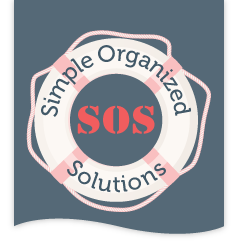 Loose ends equate to unfinished tasks. No one likes having things hanging over their heads. These loose ends can cause a lot of stress and may even lead to negative consequences. That means a double dose of stress, which we could all do without.
Loose ends equate to unfinished tasks. No one likes having things hanging over their heads. These loose ends can cause a lot of stress and may even lead to negative consequences. That means a double dose of stress, which we could all do without.
These unfinished tasks or loose ends can be a form of procrastination, or not. They may be waiting for something else to occur before they can be tied up, that’s when deferring a task comes into play.
As mentioned in the article in the link, deferring a task may be required if that task has a dependency on another task. This means that the dependency needs to be done before the succeeding task can be performed.
Sometimes, these loose ends, or unfinished tasks are just that, unfinished. They aren’t waiting for other things to be done first, and they don’t have a sense of urgency, but they do need to get done. After all, there are always consequences to every action, or inaction.
In order to avoid loose ends becoming issues, a little planning is in order. The simple steps below should help you get started on tying up your loose ends before they become issues!
Create a plan
If you’ve read any of my articles on planning, the first step is always to create a plan. It doesn’t have to be elaborate, a simple list of tasks may suffice, especially for unfinished tasks. This plan does however, need to include the steps required to tie up the loose ends.
Determine priorities
To determine priorities, look at the steps required to complete the unfinished task. Each step may have a dependency on another task before you can get it done, as mentioned above. A dependency will be the priority.
Schedule tasks
In order to get things done, it’s imperative that you schedule time to work on your list of tasks. Whether it’s on a paper calendar, planner, or electronic device, these tasks need to be documented in some way. If you don’t know what you need to do, you will not get things done.



Leave A Comment